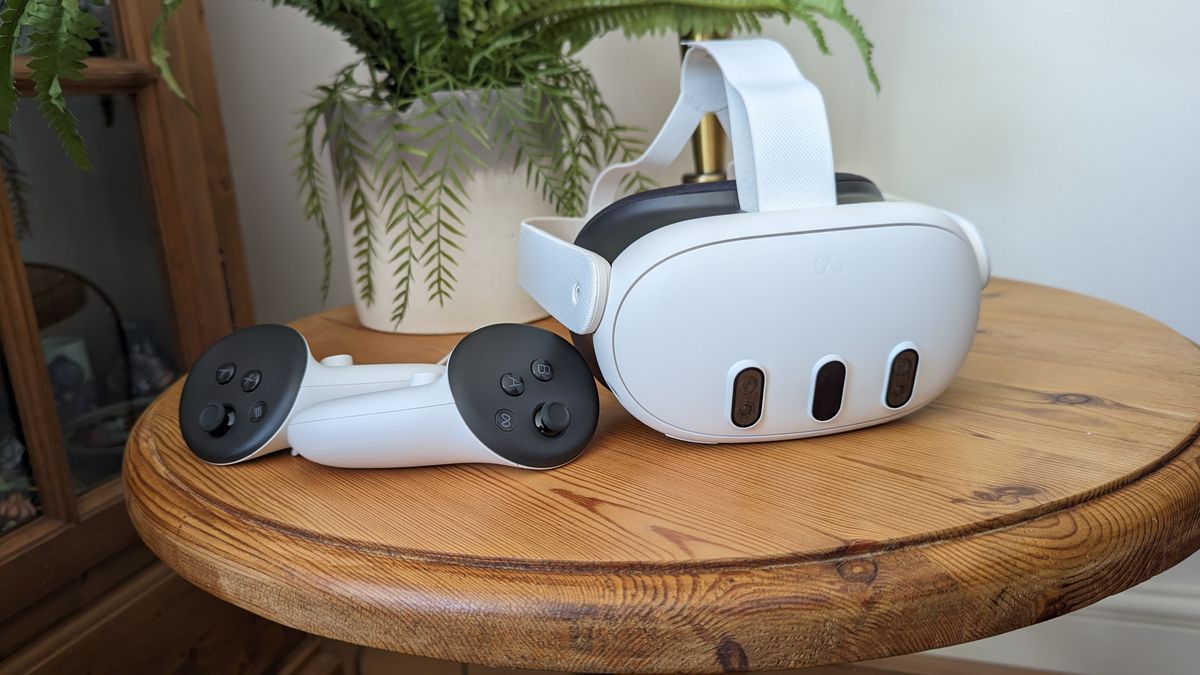The ULTRA-LUX project, led by technology company Imec, has developed a new type of light-emitting diode (LED), known as perovskite LED (PeLED), that could one day make OLED displays a thing of the past. .
Some of the best televisions and the best laptops Today they use OLED (organic LED) technology in their screens, a technology in which each pixel is its own light source.
It has become very popular in recent years and manufacturers are increasingly adopting the technology for all types of devices, but researchers now claim to have usurped this technology with the invention of PeLEDs.
Is it time to say goodbye to OLED? Probably not.
“This novel architecture of transport layers, transparent electrodes and perovskite as an active semiconductor material can operate with electrical current densities tens of thousands of times higher (3 kA cm-2) than conventional OLEDs,” said Paul Heremans, senior at Imec. . colleague and principal investigator.
OLED uses carbon-based thin-film materials as a semiconductor, but the displays are limited by a relatively low maximum brightness; The power density is 300 times lower than that of LEDs using III-V crystalline semiconductors.
This means, for example, that it is not possible to use your OLED smartphone on a bright, sunny day. LCD screens, on the other hand, offer dimmer individual pixels, but can instead offer a brighter overall display.
However, researchers on the ULTRA-LUX project have harnessed the potential of perovskite (a type of material with a specialized crystalline structure) to serve as a semiconductor in LED displays. In doing so, they have created a display technology that can be up to 1,000 times brighter than the latest generation OLEDs, according to research published in Nature.
This material, which is used in solar-powered cells, can withstand very high current densities, but has not been used in such a way as to emit light on a display. Using its architecture, Imec demonstrated the potential of PeLEDs in future displays and the researchers now plan to build one.
However, it may be a few years before we start seeing displays on the market powered by this type of display technology, as there is still a lot of research and engineering to be done.









